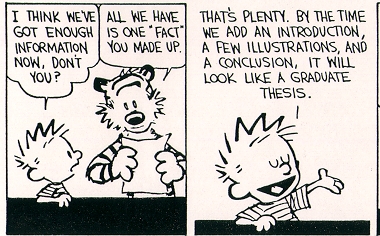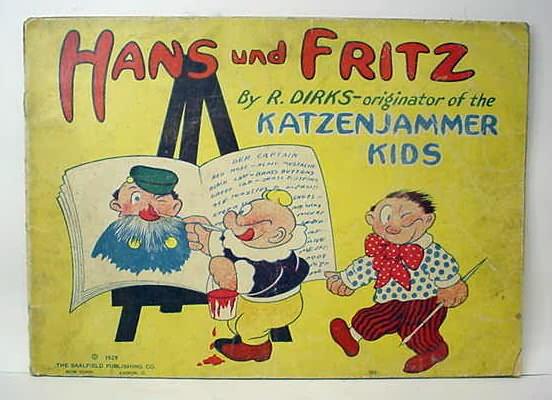Just installed a new transmission and changed over the axles etc. Engine back in , new rear brakes , new seals and all that stuff. Bleed and adjust brakes, check. Time to fill up the tranny , put it on the floor to torque the axle nuts and I should be about done.
Hold on cowboy. there's a small drip under the right rear backing plate for the brakes. I thought this was going too smoothly.
Take everything apart to see if I pinched the big "O" ring or some such stupid thing. Of course we now have more tranny juice and brake fluid to catch and clean up everywhere. Everything looked fine when disassembled. I replace the gaskets and "O" ring and add some hi-temp silicone , for good measure. Top off tranny juice. Same result....slow ooze that appears where the backing plate and the axle meet.
Will someone please tell me that after I top off the trans., bleed the brakes , put it on the floor and crank the axle nuts to 217 ft. lbs. , the fargin leak will stop?
Has this happened to anyone else?





